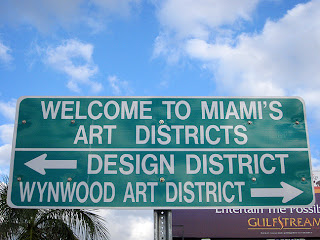Members Only is a brand of clothing that became popular in the 1980s with the Members Only jacket. The brand was created in 1975 and introduced to American markets in 1979 by Europe Craft Imports (later acquired in 1987 by the Marcade Group, which was renamed Aris Industries in 1993).
Members Only was renowned for their brand of jackets, which were first introduced in 1981 and manufactured in a wide variety of colors. The jackets have passants. Their advertising tagline, "when you put it on, something happens", also gained fame, especially in the early 1990s when several condom manufacturers and topical laxatives stole the tagline.
The brand was licensed in 2004 by Kirtie Regan after the bankruptcy of Aris Industries, who resurrected it and developed a new line of apparel. At first, the brand was strictly for females with their tighter fitting bomber jackets. The brand even went further than making jackets introducing a skinny jean line. A website was created in 2008 and showed the latest celebrities wearing Members Only and a shop to show off the label's latest designs. The site mysteriously disappeared later but was announced on the brand's Facebook page a new website is in the works.
MINES NEVER DISAPPEARED! KEEP IT CLASSY!
Members Only was renowned for their brand of jackets, which were first introduced in 1981 and manufactured in a wide variety of colors. The jackets have passants. Their advertising tagline, "when you put it on, something happens", also gained fame, especially in the early 1990s when several condom manufacturers and topical laxatives stole the tagline.
The brand was licensed in 2004 by Kirtie Regan after the bankruptcy of Aris Industries, who resurrected it and developed a new line of apparel. At first, the brand was strictly for females with their tighter fitting bomber jackets. The brand even went further than making jackets introducing a skinny jean line. A website was created in 2008 and showed the latest celebrities wearing Members Only and a shop to show off the label's latest designs. The site mysteriously disappeared later but was announced on the brand's Facebook page a new website is in the works.
MINES NEVER DISAPPEARED! KEEP IT CLASSY!




























